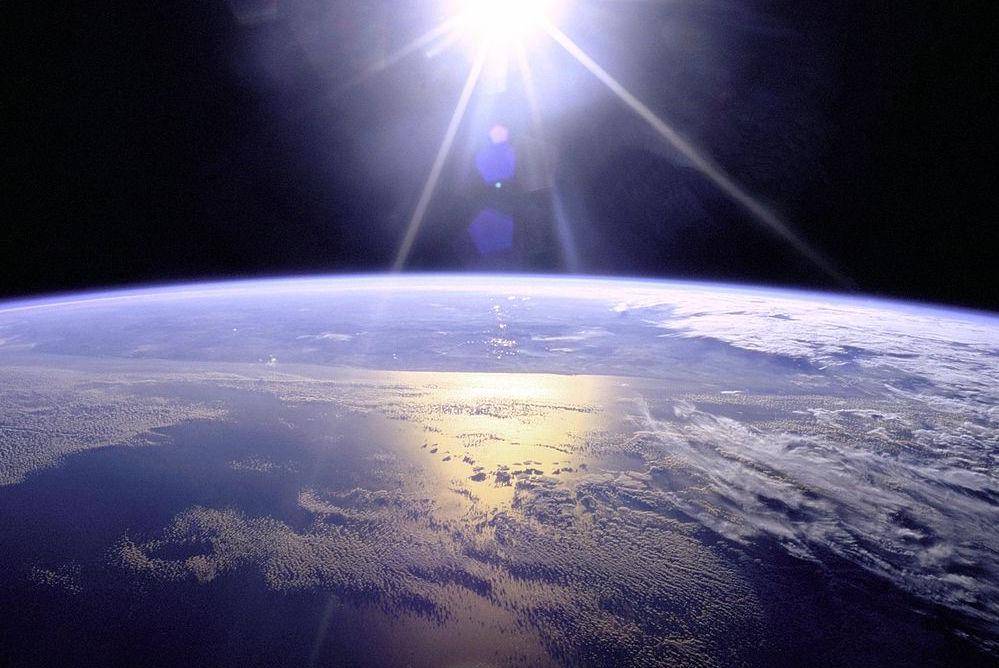Y: Okay Don, pop quiz: What did the Earth need to become habitable?
D: That's not too hard, Yaël. Let's see. It needed to be close to a star, but not too close...it needed water...a rocky surface...an atmosphere...Am I missing something?
Y: Something pretty important--a magnetic field.
D: What did that do?
Y: Scientists think it protected the early Earth's atmosphere from the sun, which was a lot more violent when the earth was still forming. For a model of exactly how violent, scientists looked to Kappa Ceti, a star that's a lot like our sun, but younger. It's about four hundred to six hundred million years old, which is about how old our sun was when life first appeared on Earth.
D: So what's Kappa Ceti like?
Y: Very magnetically active, which is normal for stars its age. It has starspots all over its surface--like sunspots on our sun, just larger and more of them--and it propels plasma into space on stellar winds that are fifty times as strong as the solar wind coming from our sun. When modeling the effect of a wind that strong on a young earth, scientists found that the Earth's protected region, called the magnetosphere, would be one‑third to one‑half as big as it is today--less protection, but enough to keep the atmosphere intact.
D: So what would have happened if the Earth didn't have a magnetic field?
Y: Well, we can look at Mars as an example of that. Without a magnetic field, it changed from a planet with briny oceans to the cold desert that it is today.
D: Tough luck, Mars.









